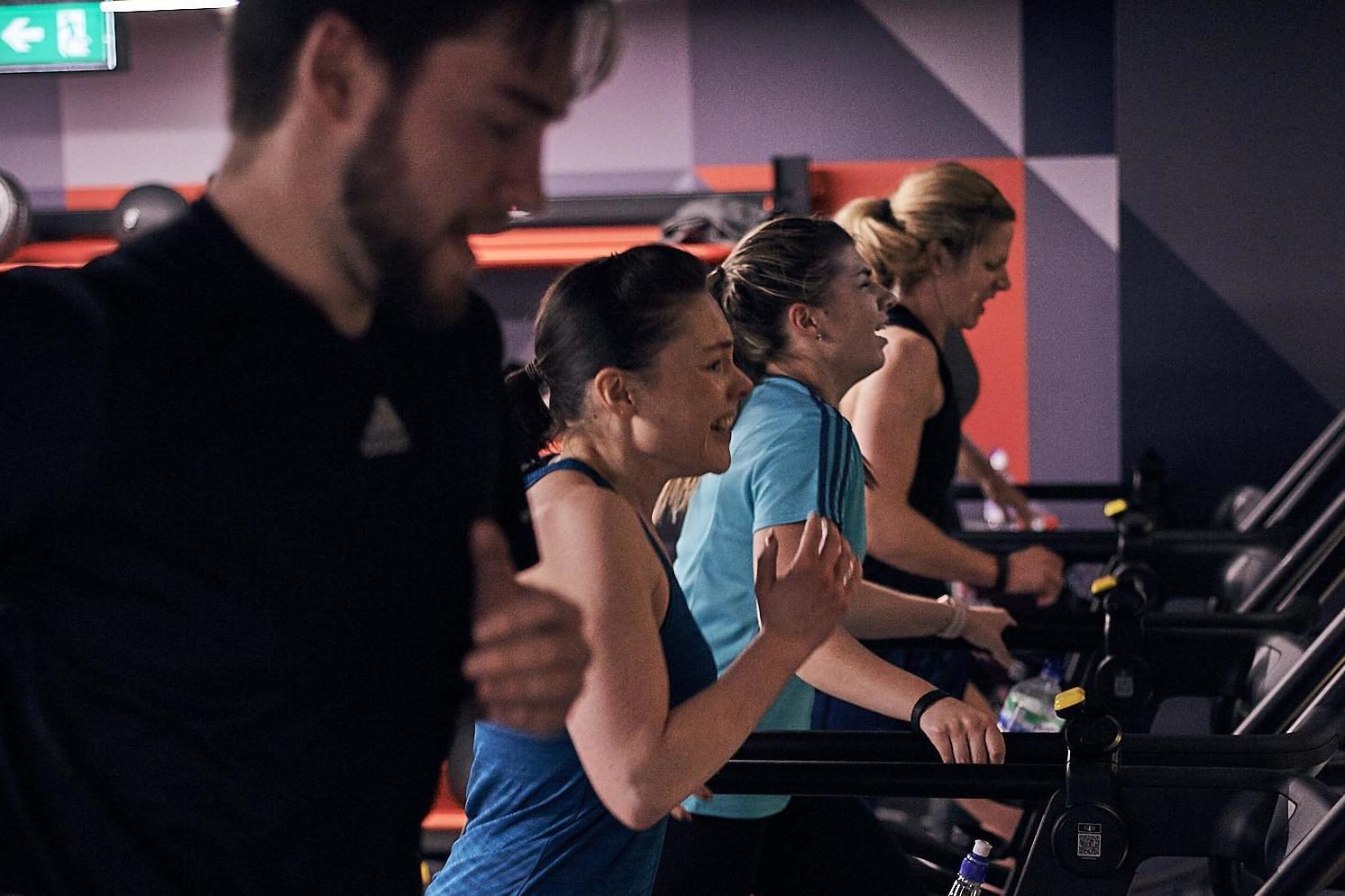Why the fat-burning zone is a myth, according to physiological scientist
Is there really a 'magic' heart rate zone for fat-burning?
Your support helps us to tell the story
From reproductive rights to climate change to Big Tech, The Independent is on the ground when the story is developing. Whether it's investigating the financials of Elon Musk's pro-Trump PAC or producing our latest documentary, 'The A Word', which shines a light on the American women fighting for reproductive rights, we know how important it is to parse out the facts from the messaging.
At such a critical moment in US history, we need reporters on the ground. Your donation allows us to keep sending journalists to speak to both sides of the story.
The Independent is trusted by Americans across the entire political spectrum. And unlike many other quality news outlets, we choose not to lock Americans out of our reporting and analysis with paywalls. We believe quality journalism should be available to everyone, paid for by those who can afford it.
Your support makes all the difference.There are endless myths surrounding the exercise industry: Will doing endless sit-ups really give us washboard abs? Do protein powders really make us bloat like balloons? And will weight-lifting actually give women a “bulky” physique?
Many of these theories have since been debunked, however, one that continues to be perpetuated by evangelical personal trainers and boutique fitness brands alike is the alleged power of the “fat-burning zone” i.e. that working out at a moderate intensity at 55 to 70 per cent of one’s maximum heart rate is the optimum level for fat-burning.
The idea is that exercising for longer periods of time at this level will boost the metabolism and create an “afterburn” effect whereby the body continues to burn calories for up to 36 hours after the workout has ended - however, this concept is a little misleading, as one physiological scientist has revealed.
As Paul J. Aciero, professor at Skidmore College, explains to SELF, the body’s fat-burning process is far more complex than the lauded “fat-burning zone” infers.
When we exercise, our bodies are efficient and will rely on nutrients accordingly, he explains.
The body does this by converting fat and carbohydrate cells into a chemical energy compound called adenosine triphosphate, or ATP.
Our cells need oxygen to turn fat into ATP - whereas carbohydrates are converted more easily.
Obviously, when we are exercising at a more moderate intensity, oxygen is more accessible than when we’re huffing and puffing our way through a gruelling HIIT class, which explains why we burn more fat than carbohydrates at this level.
“In most cases, the body is going to choose what's readily available in abundance,” Aciero said.
However, it’s important to note that this doesn’t mean you’re necessarily burning more calories in this particular "zone".
“While the percentage of fat burning might be higher, the total number of calories you’re burning is less than what would happen if you were exercising at a higher intensity,” he said.
According to Rob McCabe, Tier X manager at Equinox, the “fat-burning zone theory is correct in the sense that you burn the highest amount of fat as a proportion of the total calories burned in your workout.
"However, this is always on a continuum because as exercise intensity increases, the proportion of fuel that comes from fat decreases.
In fact, Aciero explains that working out at a higher intensity will almost always lead to greater caloric expenditure because the body will burn both carbs and fat.
"The 'fat burning-zone' comes traditionally from steady state cardiovascular fitness," explains Chris Magee, head of yoga at boutique fitness studio Another_Space.
"While it is effective, we now know that there is a greater benefit to shorter high intensity interval sessions (HIIT) due to the EPOC (excessive post exercise oxygen consumption) following the activity itself.
"It spikes your metabolism for up to 24 hours after, as well as during activity itself, meaning that the overall calorie deficit is greater and therefore more effective for fat loss,” he told The Independent.

That’s not to say every workout you do needs to be high intensity - as this can lead to injuries and physical fatigue - but they shouldn’t all be moderate either, particularly if weight loss is your ultimate goal.
"At the end of the day, the intensity of your workout determines your overall calorie burn," clarified Israel Rivera, head of group exercise at Virgin Active.
At higher intensities your body does turn to carbs for fuel, but burning more calories overall makes your workouts more efficient than aiming for a 'zone,'" he told The Independent.
In order to maintain a sustainable regime, Rivera recommends incorporating a mix of high-intensity and moderate workouts.
"After all, we all want long term results in adopting a healthy lifestyle."

Join our commenting forum
Join thought-provoking conversations, follow other Independent readers and see their replies
Comments